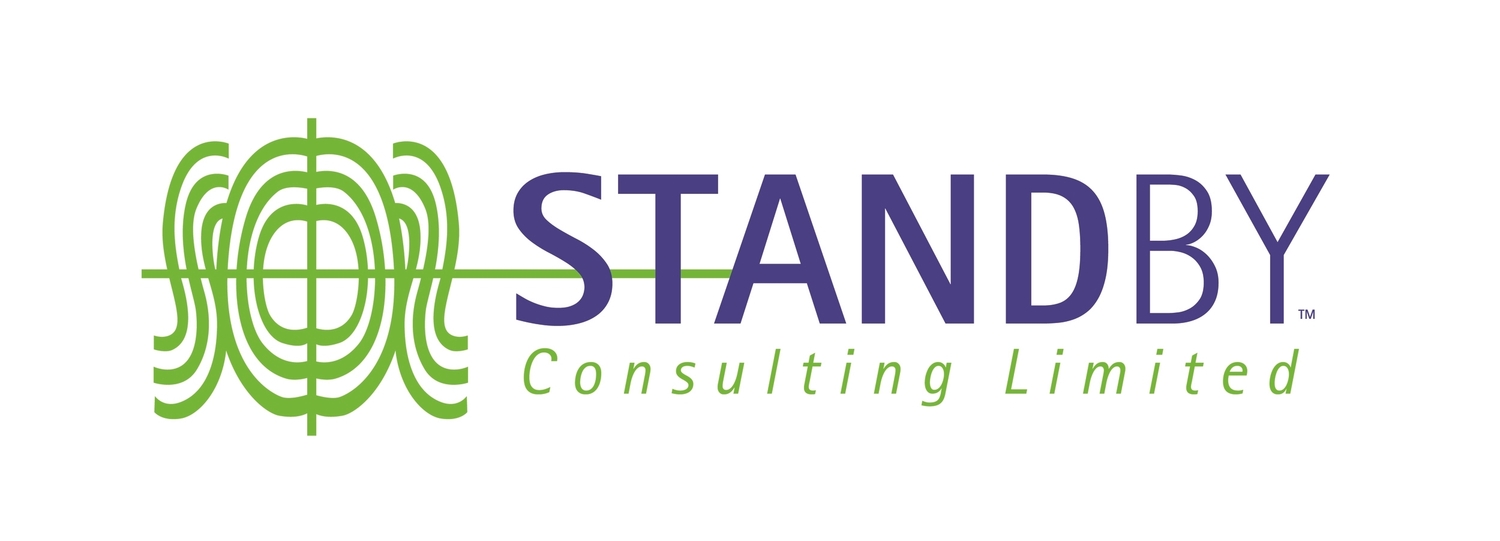Can Stricter Policies Build a Freer Workforce?
/I have been reading a lot recently about evolving operational models for the ‘New Normal’. Staff have had a taste of freedom and now expect it more permanently, and for a lot of companies output has been as good as - if not better than - before, so why not give it to them?
I am in complete agreement with those that say some people work more effectively when managing their own schedule; I believe I am one of those people. I manage my own schedule, decide when and where I work (within reason) and in turn feel more in control, happier and more productive for it. That said, it is certainly not for everyone, and even for those of us it does suit, there are a number of downsides: When can you actually officially switch off? When is work time vs when is family time? And during a busy period at work, which of those two is more pressing/important?
Finding this balance is probably the most complicated part of setting your own schedule, and after several years doing it, I still don’t think I have got it completely right.
With Great Freedom, Comes Great Responsibility
I also read an article on a completely different topic recently; the rise of low-code and no-code platforms. Although unrelated, the content of the article surprisingly led me to the same conclusions as for the problem of time management for autonomous workers.
This particular article discussed the benefits low/no-code applications can bring to organisations, by freeing up overworked IT staff and allowing traditionally ‘non coders’ the ability to establish and configure new systems or workflows as they require. Another great step forward in modernising the workplace and making a business more agile and cutting edge, but as the old saying goes: ‘With great power, comes great responsibility!
Understanding the risks and how to mitigate them
Companies implementing these applications that allow so much potential change in their workflow need to be aware what is being introduced, how, and what the wider implications are.
Perhaps the old bottlenecks caused by overworked IT staff were allowing time for companies to plan changes properly and giving time to settle a system once implemented. So if this bottleneck is no longer an issue and departments and individuals can just change systems and workflows whenever they like, will companies and their existing procedures and governance be able to keep up?
Standby have worked in many organisations over the years, where one of the biggest threats to their IT infrastructure resilience is departments going solo and implementing or updating applications, or even just adding Macros within workbooks to suit their immediate needs. No review was taken to see how this change would impact the business processes overall, and no consultation was had with the IT or Security teams to ensure that it was safe to add anything to the existing infrastructure. In many cases, it wasn’t until an external consultant like us came in and started prodding around that the IT department were even made aware of the ungoverned configurations sat within their own infrastructure!
Two separate challenges, one solution
These two seeming unrelated issues: the risk of staff burnout due to the removal of set boundaries around the working day; and the no/low-code applications departments may introduce to their business systems, are now more closely aligned. Under the changed model of work where more team members are working away from the traditional office environment – either in a satellite location or from home, there is an increase chance of individuals adding their own applications to assist their own workflows and time management styles.
So what is the solution to making all of this freedom successful? In my opinion it is all about setting new policies.
Yes, allow a staff member to work from home and set their own timetable if that’s what suits them, but enforce a 6 or 8 or 10 hour work day, or 30 hour working week etc. Modernise the working policies and contracts to suit this. Whatever is expected as per the policy, make sure they turn off their computer once they have done it; set an auto shutdown if you need to.
It is not until these new policies are created and enforced properly, that staff will have clearer and more achievable expectations and deliverables in the new working environment, and hopefully in turn higher job satisfaction.
Yes, free up the IT team by implementing low or no-code applications, giving other departments the freedom to configure systems and workflows how they need. But ensure that these changes are within set parameters and measurables. For example, develop and enforce strict change management policies and procedures to be followed before anyone is authorised to make changes, no matter who they might be or what department they are from.
Strict Policies are Vital for Progress
Strict policies and strong governance should not be a business restrictor, they should in fact be the complete opposite; a business enabler. Relevant policies governed in the right ‘spirit’ should lay the foundations to enable companies and personnel to know exactly how to innovate and progress in a focused and secure way.
Enabling access to managing low-code applications under the right guidelines and protocols will in turn bring better balance to the workday, no matter where your team is operating. With the right policies in place, companies are better able to manage the shift to a 'new normal that enhances productivity in a more sustainable way.




